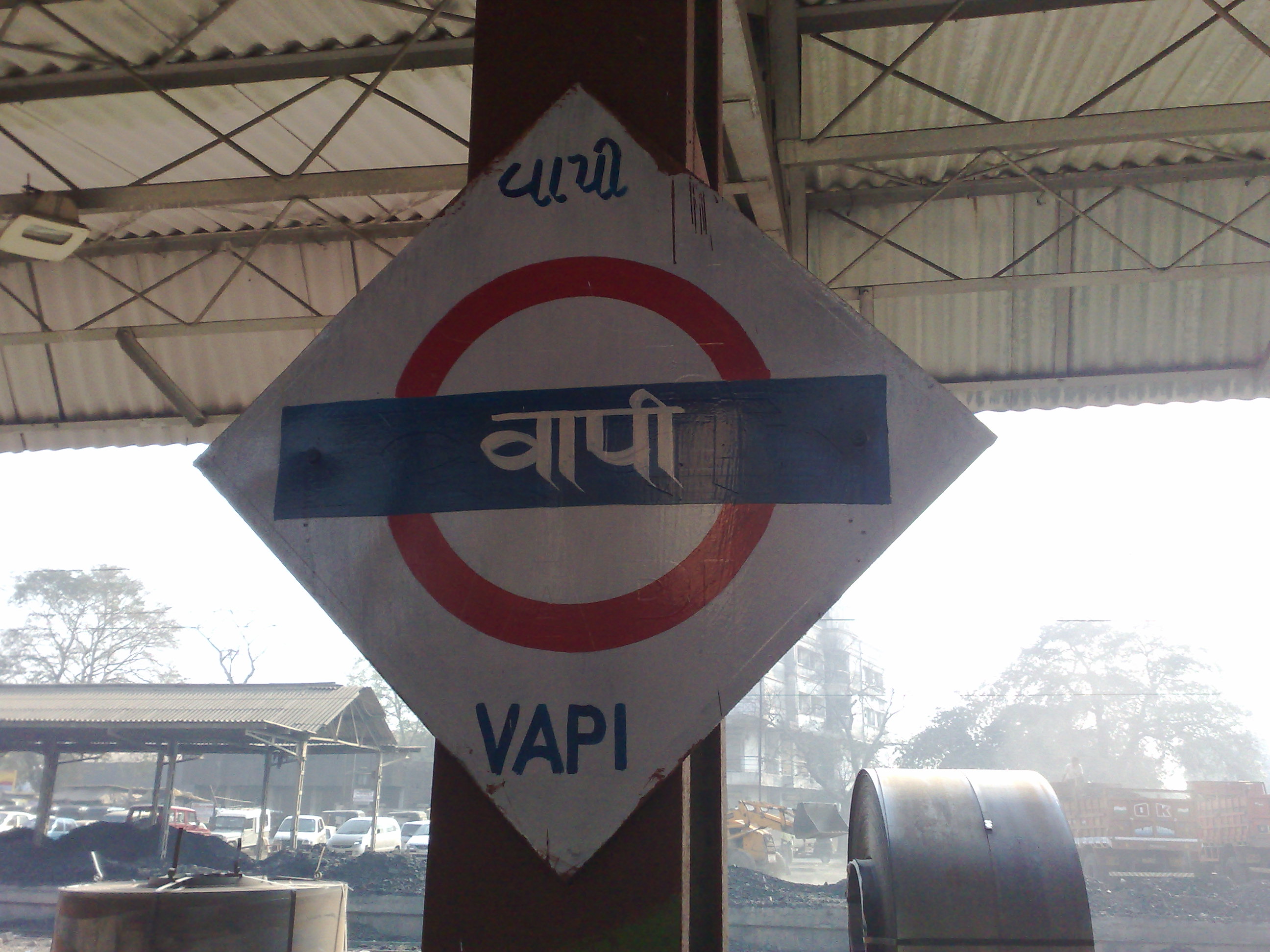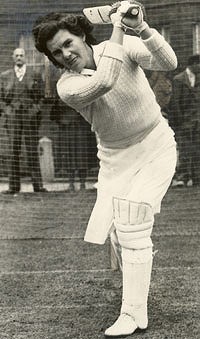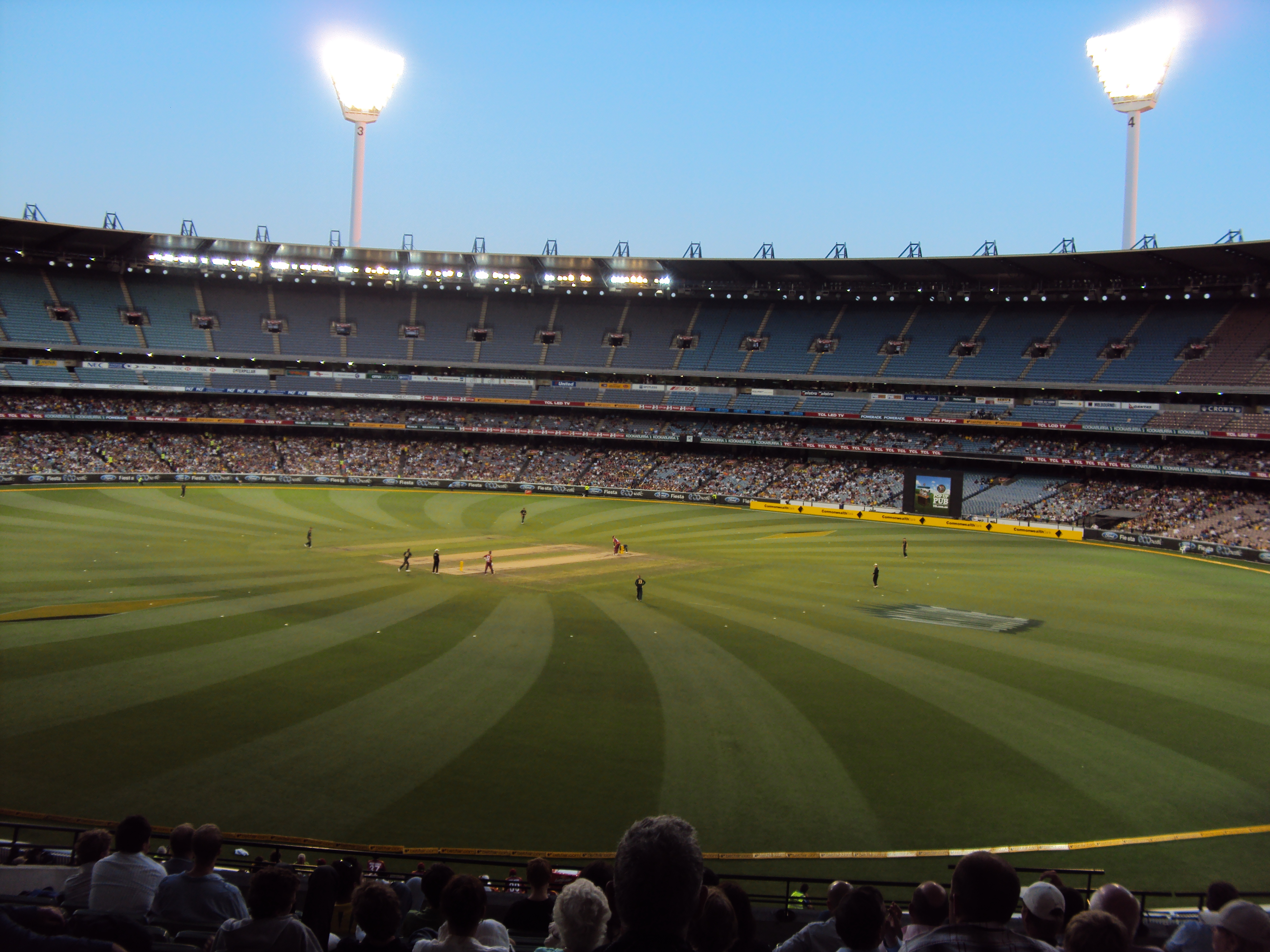|
Bilakhiya Stadium
Bilakhiya Stadium or G. M. Bilakhia Cricket stadium is a cricket ground in Vapi, India. The first recorded match on the ground was in 2002, when it was the venue for a game in the Cooch Behar Trophy. The ground has also hosted a Women's Test match Women's Test cricket is the longest format of women's cricket and is the female equivalent to men's Test cricket. Matches comprise four-innings and are held over a maximum of four days between two of the leading cricketing nations. The rules gov ... and a Women's ODI. References Cricket grounds in Gujarat Valsad district Year of establishment missing {{India-cricket-ground-stub ... [...More Info...] [...Related Items...] OR: [Wikipedia] [Google] [Baidu] |
Vapi
Vapi ( IAST: vāpī,), is a city and municipality in Valsad district in the state of Gujarat, India.It is situated near the banks of the Daman Ganga River, around 28 km south of the district headquarters in the city of Valsad, and it is surrounded by the Union Territory of Dadra and Nagar Haveli and Daman and Diu. It is believed that the city got its name from the old small stepwell situated near the Balitha area. The meaning of vapi (''वापी'') in sanskrit is a water reservoir or a water storage body. The town originally belonged to the Kshatriya Jagirdar family Palande during the Marathi Empire. After independence from the British Crown, the Jagirdar system was abolished by the Indian government in 1951 and the community of Anavil Brahmin who formerly acted as tax farmers during the era of the Maratha Empire received the land. Vapi is one of the largest industrial areas in Gujarat in terms of small-scale industries, dominated by the chemical industry. Geogra ... [...More Info...] [...Related Items...] OR: [Wikipedia] [Google] [Baidu] |
Gujarat
Gujarat (, ) is a state along the western coast of India. Its coastline of about is the longest in the country, most of which lies on the Kathiawar peninsula. Gujarat is the fifth-largest Indian state by area, covering some ; and the ninth-most populous state, with a population of 60.4 million. It is bordered by Rajasthan to the northeast, Dadra and Nagar Haveli and Daman and Diu to the south, Maharashtra to the southeast, Madhya Pradesh to the east, and the Arabian Sea and the Pakistani province of Sindh to the west. Gujarat's capital city is Gandhinagar, while its largest city is Ahmedabad. The Gujaratis are indigenous to the state and their language, Gujarati, is the state's official language. The state encompasses 23 sites of the ancient Indus Valley civilisation (more than any other state). The most important sites are Lothal (the world's first dry dock), Dholavira (the fifth largest site), and Gola Dhoro (where 5 uncommon seals were found). Lothal i ... [...More Info...] [...Related Items...] OR: [Wikipedia] [Google] [Baidu] |
India
India, officially the Republic of India (Hindi: ), is a country in South Asia. It is the seventh-largest country by area, the second-most populous country, and the most populous democracy in the world. Bounded by the Indian Ocean on the south, the Arabian Sea on the southwest, and the Bay of Bengal on the southeast, it shares land borders with Pakistan to the west; China, Nepal, and Bhutan to the north; and Bangladesh and Myanmar to the east. In the Indian Ocean, India is in the vicinity of Sri Lanka and the Maldives; its Andaman and Nicobar Islands share a maritime border with Thailand, Myanmar, and Indonesia. Modern humans arrived on the Indian subcontinent from Africa no later than 55,000 years ago., "Y-Chromosome and Mt-DNA data support the colonization of South Asia by modern humans originating in Africa. ... Coalescence dates for most non-European populations average to between 73–55 ka.", "Modern human beings—''Homo sapiens''—originated in Africa. Then, int ... [...More Info...] [...Related Items...] OR: [Wikipedia] [Google] [Baidu] |
Cooch Behar Trophy
The Cooch Behar Trophy is India's national four-day cricket tournament for under-19 players. It has been held annually since the 1945–46 season. It is run by the Board of Control for Cricket in India. History The trophy was donated by, and named after, the family of the Maharaja of Cooch Behar. From 1945–46 to 1986–87 the Cooch Behar Trophy was a schools competition. It changed to an under-19 competition in 1987–88. Current format Matches are played over four days. All the Ranji Trophy teams field sides, except for Railways and Services. The sides are divided into four groups, each of which plays a round-robin. After the group matches are completed, quarter-finals, semi-finals and a final are held. Prominent players Many Test players have been prominent in the Cooch Behar Trophy in their youth. Budhi Kunderan and Rusi Surti scored centuries in North Zone Schools' victory in the 1954–55 final. Ashok Mankad represented West Zone Schools in the final for three consec ... [...More Info...] [...Related Items...] OR: [Wikipedia] [Google] [Baidu] |
Women's Test Cricket
Women's Test cricket is the longest format of women's cricket and is the female equivalent to men's Test cricket. Matches comprise four-innings and are held over a maximum of four days between two of the leading cricketing nations. The rules governing the format differ little from those for the men's game, with differences generally being technicalities surrounding umpiring and field size. The first women's Test match was played by England women and Australia women in December 1934, a three-day contest held in Brisbane which England won by nine wickets. A total of 144 Women's Test matches have been played. Far fewer matches are played each year in favour of Women's One Day Internationals and Women's Twenty20 Internationals, with the international calendar revolving around the shorter formats of the game. Playing conditions Women's Test cricket is subject to the Laws of cricket, with a number of variations and refinements, which are set out in the ICC's "Women's Test match play ... [...More Info...] [...Related Items...] OR: [Wikipedia] [Google] [Baidu] |
One Day International
A One Day International (ODI) is a form of limited overs cricket, played between two teams with international status, in which each team faces a fixed number of overs, currently 50, with the game lasting up to 9 hours. The Cricket World Cup, generally held every four years, is played in this format. One Day International matches are also called Limited Overs Internationals (LOI), although this generic term may also refer to Twenty20 International matches. They are major matches and considered the highest standard of List A, limited-overs competition. The international one day game is a late-twentieth-century development. The first ODI was played on 5 January 1971 between Australia and England at the Melbourne Cricket Ground. When the first three days of the third Test were washed out officials decided to abandon the match and, instead, play a one-off one day game consisting of 40 eight-ball overs per side. Australia won the game by 5 wickets. ODIs were played in white-co ... [...More Info...] [...Related Items...] OR: [Wikipedia] [Google] [Baidu] |
Cricket Grounds In Gujarat
Cricket is a bat-and-ball game played between two teams of eleven players on a field at the centre of which is a pitch with a wicket at each end, each comprising two bails balanced on three stumps. The batting side scores runs by striking the ball bowled at one of the wickets with the bat and then running between the wickets, while the bowling and fielding side tries to prevent this (by preventing the ball from leaving the field, and getting the ball to either wicket) and dismiss each batter (so they are "out"). Means of dismissal include being bowled, when the ball hits the stumps and dislodges the bails, and by the fielding side either catching the ball after it is hit by the bat, but before it hits the ground, or hitting a wicket with the ball before a batter can cross the crease in front of the wicket. When ten batters have been dismissed, the innings ends and the teams swap roles. The game is adjudicated by two umpires, aided by a third umpire and match referee ... [...More Info...] [...Related Items...] OR: [Wikipedia] [Google] [Baidu] |
Valsad District
Valsad district is one of the 33 districts in the Western Indian state of Gujarat. It is bound by Navsari district to the north, Nashik district of Maharashtra state to the east, and Dadra and Nagar Haveli district of the Dadra and Nagar Haveli and Daman and Diu (DNHDD) union territory and the Palghar district of Maharashtra to the south. The Arabian Sea lies west of the district. The coastal Daman enclave of DNHDD is bounded by Valsad district on the north, east, and south. The district's administrative capital is Valsad. The district's largest city is Vapi. The district covers 3008 square kilometres and is divided into six talukas: Valsad, Vapi, Pardi, Umargam, Kaparada and Dharampur. The population was 1,705,678 in 2011, up from 1,410,553 in 2001. Valsad is well known for its production of mangoes, sapodilla, and teak, and its chemical and industrial stretch based on Vapi and Atul. History On 1 June 1966, Valsad district was formed after Surat district was bifurcated into V ... [...More Info...] [...Related Items...] OR: [Wikipedia] [Google] [Baidu] |




